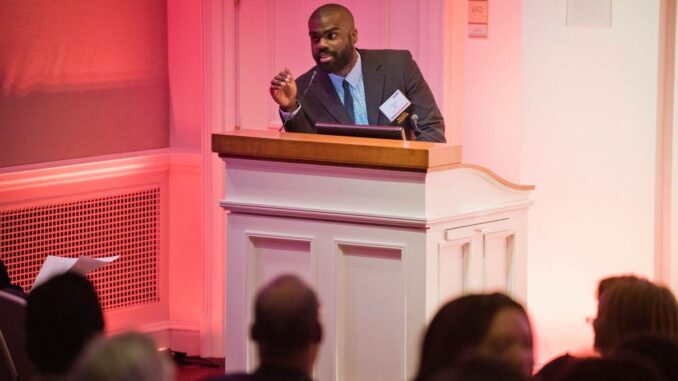
By Shelia Hodges
NABJ Monitor
It is a beautiful spring day in Hanover, New Hampshire, as sophomore Queen Eche and her friends walk through the heart of Dartmouth University: the Green. Surrounded by historic buildings, the Green is full of luscious grass and thick trees. Eche and her friends admire the tranquility of the rustling trees against the clear blue sky.
Passing by they see students soaking up the sun, laughing, studying, reading and sometimes playing games in the outdoor space. “It is snowing,” whispers one of Eche’s friends, a comment that might seem confusing on this beautiful spring day with not a speck of snow in the sky.
The comment has nothing to do with the weather. It references the lack of Black students they see as they walk by. On the Green busy with students, Eche and her friends remain among the few Black students in sight.
“Whenever we walk across the Green, it’s like ‘Dang, we’re the dirt on the snow,” said Eche. “But we don’t say it in a negative way. We say it like ‘We really stick out like sore thumbs.’”
For Eche and other Black students on campus and across other Ivy League campuses, it is snowing everyday.
The Ivy League — Harvard, Princeton, Yale, Columbia, Dartmouth, Brown and Cornell universities and the University of Pennsylvania — are considered some of the most prestigious universities in the world, receiving hundreds of thousands of applications each year while only accepting a small cohort.
These schools, all located in the Northeast, enjoy some of the highest endowments in the nation, and that money draws huge numbers of applicants and results in low acceptance rates in these selective, historically white institutions.
Since the civil rights movement, Ivy League schools have actively recruited students of color with some success. However, since 1994, Black students have only made up only 7 to 8 percent of Ivy League campuses.
While being Black at an Ivy League institution has its unique challenges, based upon interviews with Black students, alumni and administrators at these schools, struggle does not define the experience of Black students. Heroism, solidarity and resiliency do.
Feeling the Pressure
After arriving on their Ivy League campuses, Black students say that they face many internal and external pressures.
The first often mentioned is imposter syndrome, doubts about one’s ability and a fear of being exposed as a fraud.
“I think it is something that is very pertinent, especially among the Black students at Harvard, where we feel sometimes that we don’t belong or we’re in a constant audition of ourselves, trying to prove that we weren’t just an affirmative action or diversity quota,” said Harvard junior Glenn Foster.
He attributed this to the lack of diversity Black students find both racially and economically. First generation Black students may often feel isolated at Harvard when they do not see other Black lower middle class and first generation students.
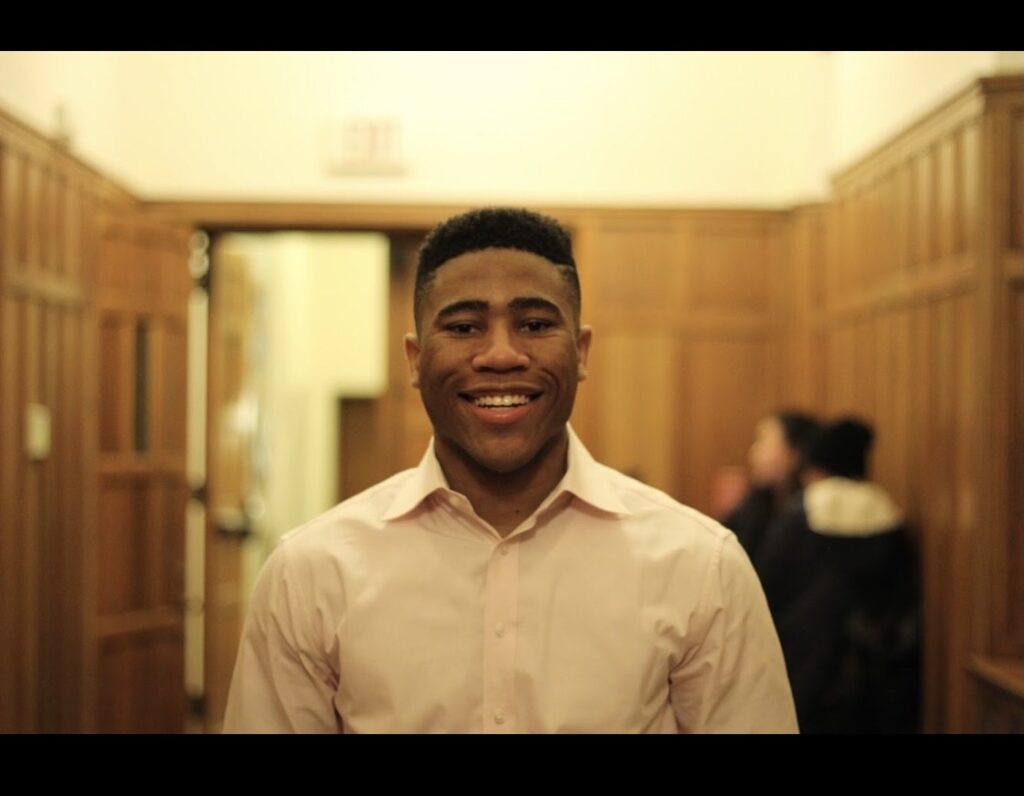
Class of 2016 Harvard alum Alterrell Mills saw imposter syndrome among his public school friends. Like himself, many of them did not have “social capital” in the sense of coming from a preparatory school or being an athlete.
It wasn’t a matter of feeling they didn’t deserve to be at Harvard, Mills said. It was more, “They let us in. We got a lucky break. Now it’s time to completely earn our admission.”
For many, this need to prove themselves comes in addition to having to represent and support their communities back at home, adding a unique layer of seriousness to their college experience, according to Yale Class of 2020 alum Roland Brewster.
He described himself as entering Yale with a very “pre-professional” mindset because he wanted to use his degree to help support his family, especially with his father who is not in the best of health.
“I sort of felt that I had to represent my community to some extent and really in the sense that I wasn’t here to kind of mess around,” said Brewster. “I had to be very conscientious of everything I did, taking it seriously. I definitely had fun, but all that being said, there was definitely a part of me that knew how important it was for me to perform at the highest level here and give it my best.”
Other Black students felt the same pressure to perform well at school for communities back home. This was the case for Dartmouth sophomore Eche, whose friend made the “snow” comment. Coming from a community where dropout rates are high, she said that children in her area look up to her as “the kid that got out” and “the girl that made it into the Ivy.”
“So to me, it’s like there’s no turning back,” said Eche. “There’s no looking back. Every moment you make, you’ve got to use it to your fullest potential. Otherwise, that’s a moment that you just wasted.”
Such a mindset can affect Black students academically, emotionally and psychologically, said Cornell sophomore Obioha Chijioke. At Dartmouth, Eche stated that she feels this pressure to be a “happy black person.”
“It’s like I can never release my frustrations out the way I would want to,” said Eche. “I have to be civil. I have to be articulate. I have to make sure I know all my history. I have to be precise in how I say things. Otherwise I’m going to be crucified and called stupid.”
These pressures also come into play when Black students want to call out problems at their institutions.
Foster said at Harvard there is a tension between wanting to be an advocate for the Black community and being “respectful of the fact that this is a once in a lifetime opportunity.”
Stereotypes also wear down Black students.
Some of the most common stereotypes, Eche said, are those that paint Black men and women as angry and radicalized. She also gets asked whether she is an athlete.
“I don’t play sports by the way,” said Eche. “I just work out. But it’s like, ‘Oh, what sport do you play?’”
While the Black community at Ivy League institutions are diverse, with students coming from various economic and cultural backgrounds, Black students across Ivy Leagues seem to face some common struggles.
Resiliency in the struggle
However, despite the struggle, Black Ivy League students say they find a way to persevere for the sake of their dreams, future Black students and their communities at home.
For example, although imposter syndrome is a challenge for Black students, some say they cope by using it as a motivator.
This was true for Cornell sophomore Chijioke.
“You really just have to keep pushing, proving people wrong and breaking through and showing that you’re not only equipped to succeed, but you are equipped to excel,” said Chijioke.
Class of 2020 Yale alum Roland Brewster was told by his cousin that if he did not experience imposter syndrome at some point in his life, he wasn’t reaching high enough.
However, Eche of Dartmouth says imposter syndrome is not a problem for her and her Black peers.
“It’s like we work so hard that we know we deserve this,” said Eche. “Heck, we deserve more.”
Community has also been a saving grace for Black students when dealing with these struggles, according to those interviewed.
Eche stated that it has been cathartic to talk about it all with her peers at the Shabazz Center for Intellectual Inquiry, which houses offices for Afro-American Society at Dartmouth.
“We go to the Black space and we just talk,” said Eche. “We talk smack. We just say what we need to say to other Black people that understand how we feel, and though it doesn’t really resolve anything, it feels good. It feels really, really good.”
Chijioke described the Black community as strong at Cornell even when everything went virtual. With the promise of classes being in-person this fall, he and the rest of the Black Student Union at Cornell are looking forward to building even more of a sense of community through future events.
This perseverance and solidarity in the Black community has inspired those who were interviewed.
Yale alum Roland described his peers as driven, while admitting that external pressures may force them into that mold.
“There are far fewer Black students who I think come into Yale with a ‘I don’t know what I’m doing here, like, let’s just see how it all works out,’” said Brewster.
Eche admires how her Black peers “carry themselves” and “don’t let things get past them.”
“The Black people at Dartmouth, they’re like, ‘I know I’m more than enough, but these people don’t care about that so I’m just going to work harder,’” said Eche.
In addition, said the Rev. William Gipson, special adviser to the vice provost of social equity and community at the University of Pennsylvania, Black students in these white spaces ask hard questions when issues arise such as police brutality against Black people. Gipson worked at Princeton before joining Penn in 1996.
Foster said he has found it beautiful to witness Black students on campus persevere through the struggles of moving out and navigating the new space while also advocating for themselves and their peers during Black Lives Matter.
Thus, rather than buckling under the pressure of inner battles they face, Black students have continued to persevere for themselves and others, uplifting and advocating for them along the way.
Hope on the Horizon
Across all interviews, the needs of Black students on Ivy League campuses often overlapped.
The first pressing need was for more diversity among the student body and faculty at their campuses.
“It’s hard for us to feel like we’re actually being included in the Harvard student population when at the end of the day, a lot of us don’t see each other on campus,” said Harvard junior Glenn Foster. “We don’t see each other in the classrooms. We don’t see [Black] professors in the classrooms.”
Another need for Black students is for institutional support in building community through more cultural spaces and student programs. Black students say they find it comforting to be among other students who can relate.
The third common need among Black Ivy students was to be heard by the administration.
The Ivy Leagues have been making steps towards addressing these needs. For example, according to Columbia University’s Associate Director of Diversity, Equity and Inclusion Mellissa Mayard, the university launched its inaugural Racial Justice Mini-Grant Program, which funds projects that tackle racism at Columbia and beyond. One project Mayard said she admired was one by two Black students who created a podcast about the truth of being Black at Columbia.
“They shared the real things about Columbia–what it’s like being a Black student, interacting with faculty, staff, administration, other peers, non-Black students of color, white students and public safety, and just sort of navigating the Columbia experience,” said Mayard.
Following the death of Geogre Floyd, many Ivy League institutions have created action plans for addressing racism on their campuses. Princeton President Christopher L. Eisgruber created an action plan for Princeton, which includes diversifying its faculty and suppliers, funding projects on addressing racism and partnering with historically Black colleges and universities.
However, there is still much work to be done across all eight Ivy League campuses, said Princeton University’s Director of Carl L. Fields Center for Equality and Cultural Understanding Tennille Haynes. This generation of Black Ivy league students want to pave the way for the next.
“[They want you] to be you and have the freedom to just be you without judgment, without bias, without having to explain your identity and your hair and your clothes and why you talk that way and things like that and just have that be accepted like everyone else and move on,” Haynes said.
This should not be fought just by Black students, according to Haynes. “It needs to be a collective effort. We need to see collective activism as well, and that means from everybody.”
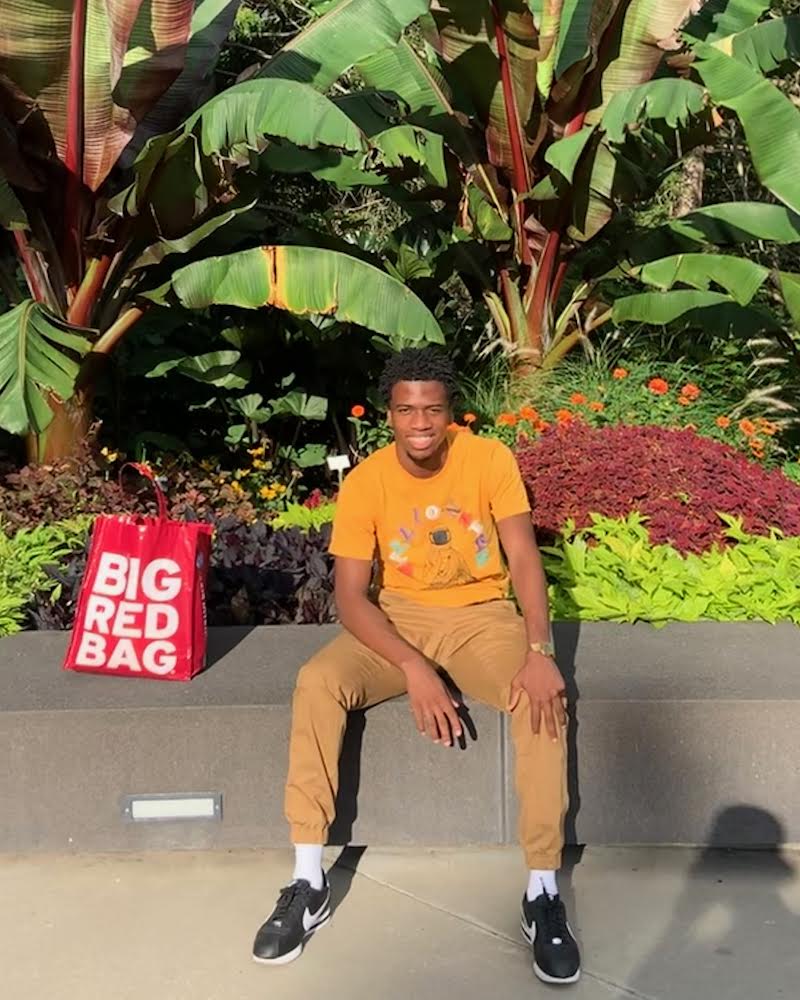

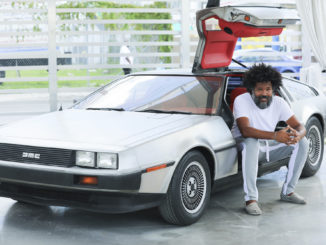
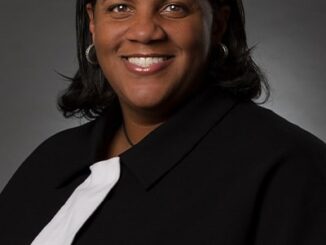

Be the first to comment